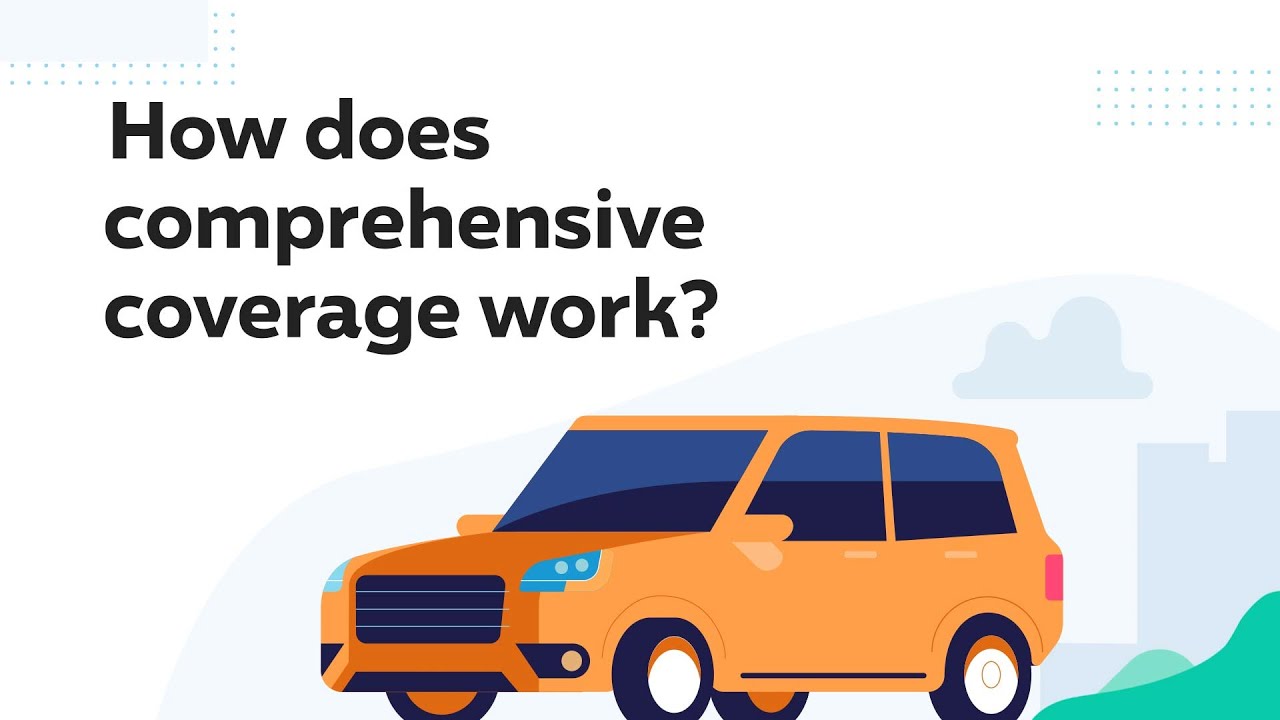Comprehensive car insurance, often touted as the ultimate protection, can seem like a labyrinth of jargon and exclusions. Understanding exactly what it covers is crucial for making informed decisions about your auto insurance policy. As huythanh.org emphasizes, “Choosing the right insurance is about understanding your needs and the specifics of your policy.” This comprehensive guide will dissect the various aspects of comprehensive coverage, helping you navigate the complexities and ensure you have the right protection for your vehicle.
What is Comprehensive Car Insurance?

Unlike liability insurance, which covers damages you cause to others, comprehensive insurance protects your vehicle against a wide range of non-collision events. This means it steps in when damage occurs due to factors outside your control, or even due to unforeseen circumstances. It’s a crucial layer of protection that safeguards your investment in your car.
Key Coverages Under Comprehensive Insurance:
Damage Caused by Natural Disasters:
Hailstorms: Comprehensive insurance typically covers damage to your vehicle caused by hail, including dents, dings, and broken windows.
Flooding: If your car is submerged in floodwaters, causing damage to the engine, electrical system, or interior, comprehensive insurance can help with repairs or replacement.
Fire: Whether caused by a malfunctioning electrical system, a wildfire, or arson, fire damage to your vehicle is usually covered under comprehensive insurance.
Windstorms and Tornadoes: Damage caused by high winds, such as broken windows, dented body panels, or even a tree falling on your car, falls under comprehensive coverage.
Theft and Vandalism:
Theft: If your car is stolen, comprehensive insurance will typically cover the replacement cost or the actual cash value of your vehicle, depending on your policy.
Vandalism: Damage caused by vandalism, such as graffiti, broken windows, or key scratches, is usually covered under comprehensive insurance.
Collision with Animals:
Deer, birds, etc.: Unexpected collisions with animals can cause significant damage. Comprehensive insurance often covers the repairs or replacement needed after such incidents.
Other Covered Perils:
Falling Objects: Damage resulting from falling objects like trees or debris is generally covered.
Riot or Civil Commotion: If your vehicle is damaged during a riot or civil unrest, comprehensive insurance can provide coverage.
Acts of God: Damage from events considered “Acts of God,” like earthquakes or volcanic eruptions, is often included in comprehensive policies.
Glass Breakage: Cracked or shattered windows, regardless of the cause, are usually covered under comprehensive insurance.
What Comprehensive Insurance Does *Not* Cover:
It’s important to understand the limitations of comprehensive insurance. While it provides broad coverage, some situations are typically excluded:
Damage from Normal Wear and Tear: Regular maintenance issues, like tire wear or brake pad replacement, are not covered.
Damage Caused by Neglect: Failing to maintain your vehicle properly, leading to damage, is usually not covered.
Damage from Driving Under the Influence: Insurance companies typically won’t cover damages if the accident resulted from driving under the influence of alcohol or drugs.
Damage from Illegal Activities: Damage incurred during illegal activities is generally excluded.
Mechanical or Electrical Breakdown: While some policies might offer supplementary roadside assistance, a complete engine failure is not usually covered under comprehensive insurance.
Damage from Driving Without a License or Insurance: Driving without a valid license or insurance will usually void your coverage.
Factors Affecting Comprehensive Insurance Costs:
The cost of comprehensive insurance can vary significantly based on several factors:
Your Driving Record: A clean driving record with no accidents or violations will typically result in lower premiums.
Your Age and Gender: Younger drivers and males often face higher premiums due to statistically higher accident rates.
Your Location: Insurance rates vary depending on the location due to differences in accident frequency and theft rates.
Your Vehicle’s Make, Model, and Year: The value and safety features of your vehicle directly impact your insurance premiums. Luxury cars and vehicles with advanced safety technology can have higher premiums.
Your Deductible: Choosing a higher deductible will typically lower your monthly premiums, but you’ll pay more out-of-pocket if you need to file a claim.
Your Credit Score: In some states, your credit score can be a factor in determining your insurance rates.
Understanding Your Policy’s Deductible:
Your deductible is the amount you’re responsible for paying out-of-pocket before your insurance coverage kicks in. A higher deductible typically leads to lower premiums, while a lower deductible means higher premiums but lower out-of-pocket costs in case of a claim.
Filing a Comprehensive Insurance Claim:
If you need to file a claim under your comprehensive insurance, it’s important to follow these steps:
Report the incident to the police: This is especially important in cases of theft or vandalism.
Contact your insurance company: Report the incident to your insurer as soon as possible, providing all relevant details.
Gather evidence: Take photos or videos of the damage to your vehicle, and if possible, gather witness statements.
Get repair estimates: Obtain estimates from reputable repair shops to determine the cost of repairs.
Follow your insurer’s instructions: Carefully follow your insurer’s instructions throughout the claims process.
Is Comprehensive Insurance Necessary?
Whether or not you need comprehensive insurance depends on various factors, including your financial situation, the value of your vehicle, and your risk tolerance. If you have an older car with a lower value, you might consider opting for liability-only coverage. However, if your vehicle is newer or has a significant value, comprehensive insurance provides a valuable safety net against unexpected damage and theft. Weigh the costs against the potential financial burden of replacing or repairing your vehicle without insurance.





